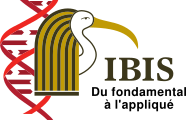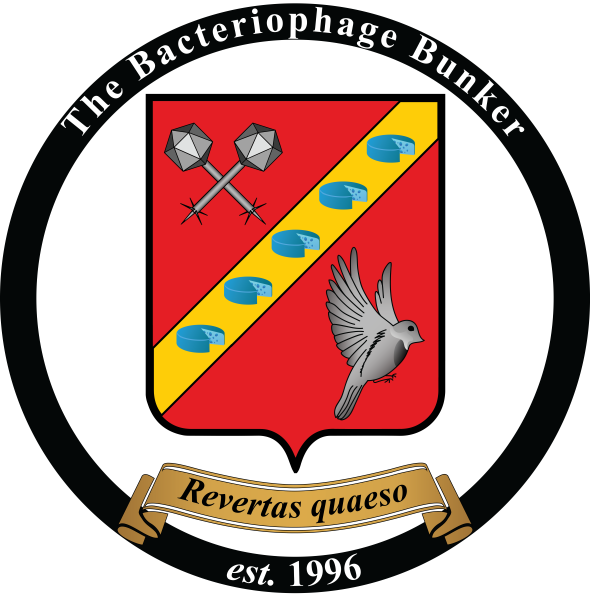Accueil
Sous-titre de la page
Bienvenue sur le site du Centre de référence pour virus bactériens Félix d'Hérelle de l'Université Laval.
Texte d'introduction de la page
Le centre de référence Félix d'Hérelle pour les virus bactériens a été fondé en 1982 grâce aux efforts soutenus de Hans-W. Ackermann M.D., un professeur de microbiologie médicale à l'Université Laval. Le docteur Ackermann a maintenu les activités du Centre jusqu'à sa retraite. Depuis janvier 2003, la collection est maintenue par Sylvain Moineau Ph.D., professeur titulaire au Département de biochimie et de microbiologie de l'Université Laval. Les services de la collection sont assurés par Denise Tremblay (M.Sc. en microbiologie).
Rechercher dans le catalogue
Recherche par nom, famille, genre, espèce, phage
Recherche par numéro HER




